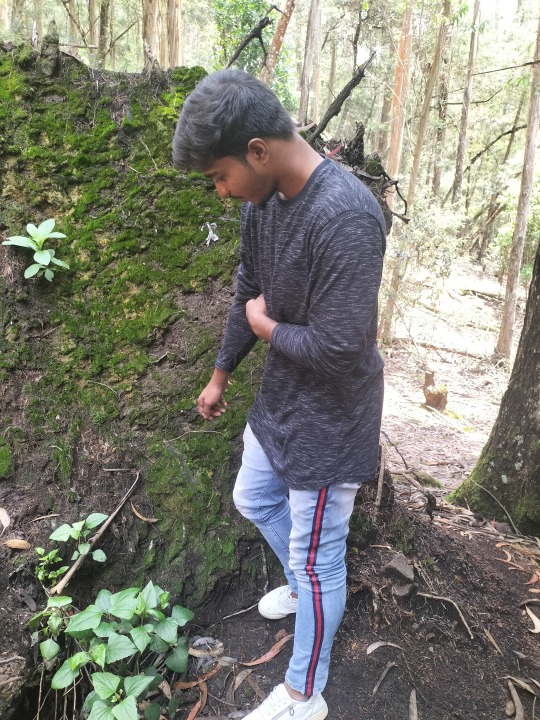Text

GUNA CAVE
Guna Caves or initially named as The Devil's Kitchen, is a cave located in Kodaikanal, Tamil Nadu, India.[1] It attracts many visitors every year.[2] The location got the name Guna Caves after it was featured in the 1991 film Gunaa starring Kamal Haasan. After the release of the flim the location had attracted a higher amount of visitors and tourists.[3] Subsequently, other films were also shot there, including the climax of the Malayalam film Shikkar (2010),[4][5] and another Malayalam film Manjummel Boys (2024), which was based on a real accident at the cave.[1]
0 notes
Text
KODAIKANAL TRIP
EXPLORE & INSPIRE
The earliest references to Kodaikanal and the Palani hills are found in Tamil Sangam literature.[3] Tamil composition Kuṟuntokai, the second book of the anthology Ettuthokai, mentions the mountainous geographic region (thinai) of Kurinji. The region is associated with Hindu god Murugan and is described as a forest with lakes, waterfalls and trees like teak, bamboo and sandalwood.[4] The name of the region, Kurinji, derives from the name of the famous flower Kurinji found only in the hills and the occupants of the region were tribal people whose prime occupations were hunting, honey harvesting and millet cultivation.[5][6] The hills were populated by the Palaiyar tribal people.[7]Coakers Walk in 1900
In 1821, a British Lieutenant, B. S. Ward, climbed up from his headquarters in the Kunnavan village to Kodaikanal to survey the area and reported of beautiful hills with a healthy climate with about 4,000 people living in well-structured villages.[8] In 1834, J.C Wroughten, then revenue collector of Madura and C. R. Cotton, a member of the Madras Presidency's board of revenue, climbed up the hills from Devadanapatti.[9] In 1836, botanist Robert Wight visited Kodaikanal and recorded his observations in the 1837 Madras Journal of Literature and Science.[10] In 1852, Major J. M. Partridge of the Bombay Army built a house and was the person to settle there.[9] In 1853, only six to seven houses were there when then Governor of Madras Presidency Charles Trevelyan visited in 1860.[11] In 1862, American missionary David Coit Scudder arrived.[9] In 1863, acting on a suggestion of Vere Levinge, then collector of Madurai, an artificial lake was formed.[11]
In 1867, Major J. M. Partridge imported Australian eucalyptus and wattle trees and in 1872, Lt. Coaker cut a path along the steep south east facing ridge which overlooks the plains below and prepared a descriptive map the region.[12][13] In the later half of the 19th century, it became a regular summer retreat for American missionaries and other European diplomats as a refuge from the high temperatures and tropical diseases of the plains.[14][15] In 1901, the first observations commenced at the Kodaikanal Observatory.[16] In 1909, the area had developed into a small town with 151 houses and a functioning post office, churches, clubs, schools and shops.[14] In 1914, the ghat road was completed.[11] It continued to served as a summer retreat during the British Raj and became a popular hill station later.
1 note
·
View note